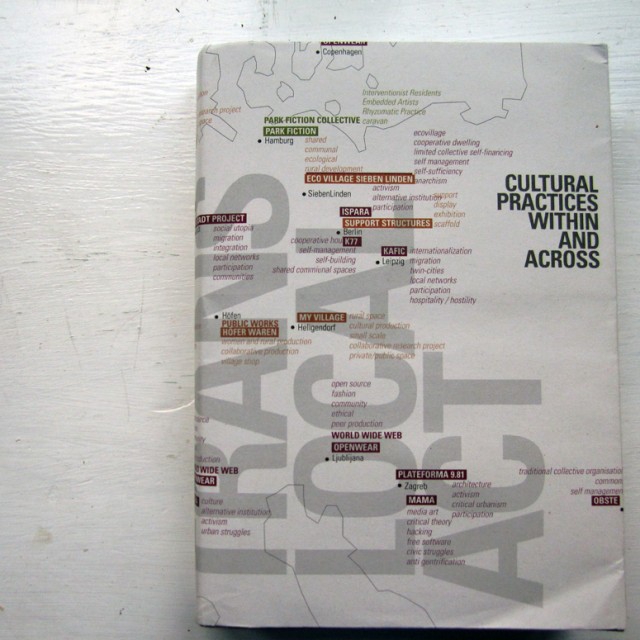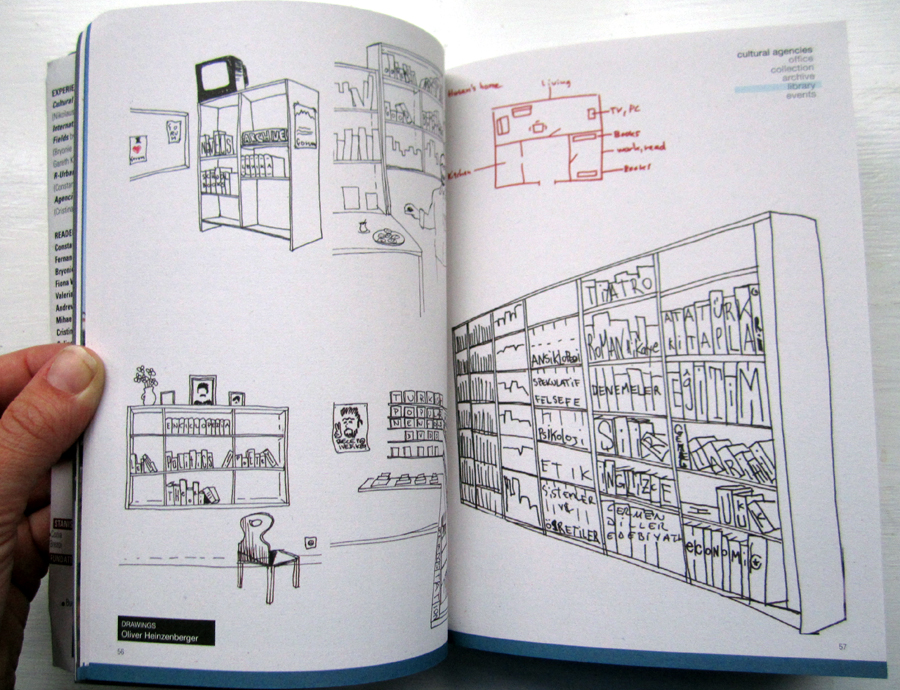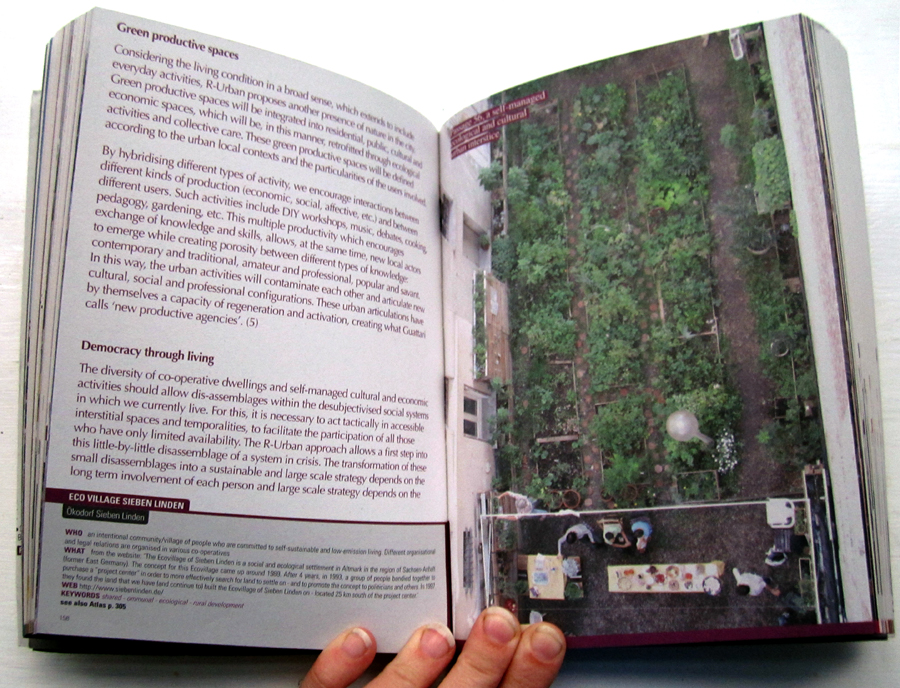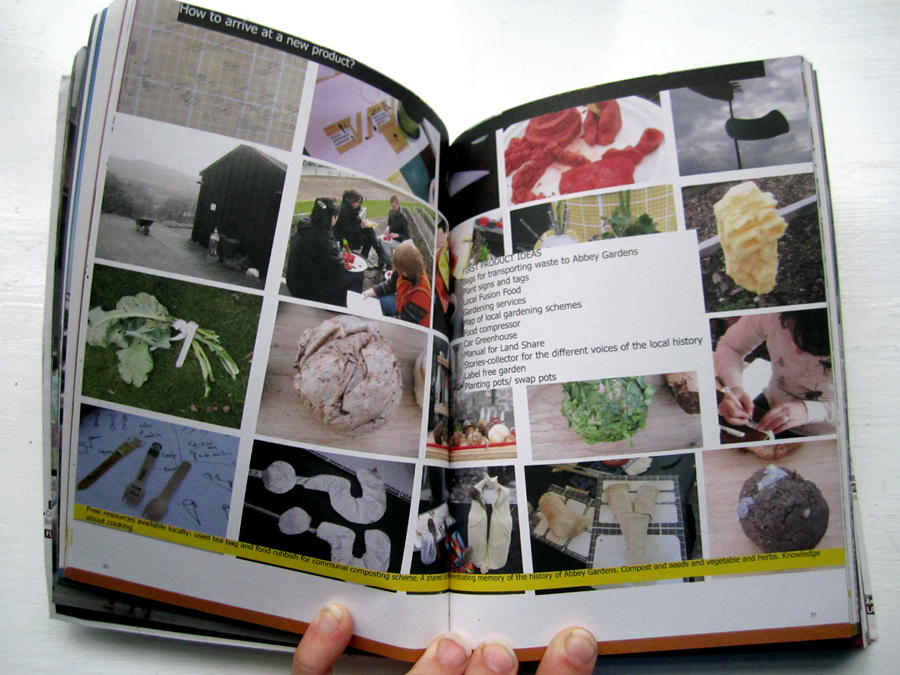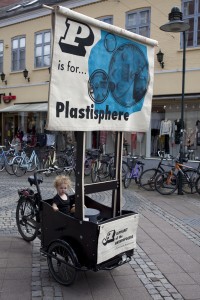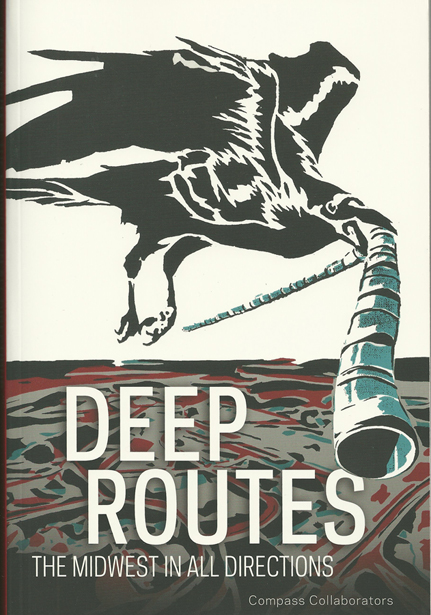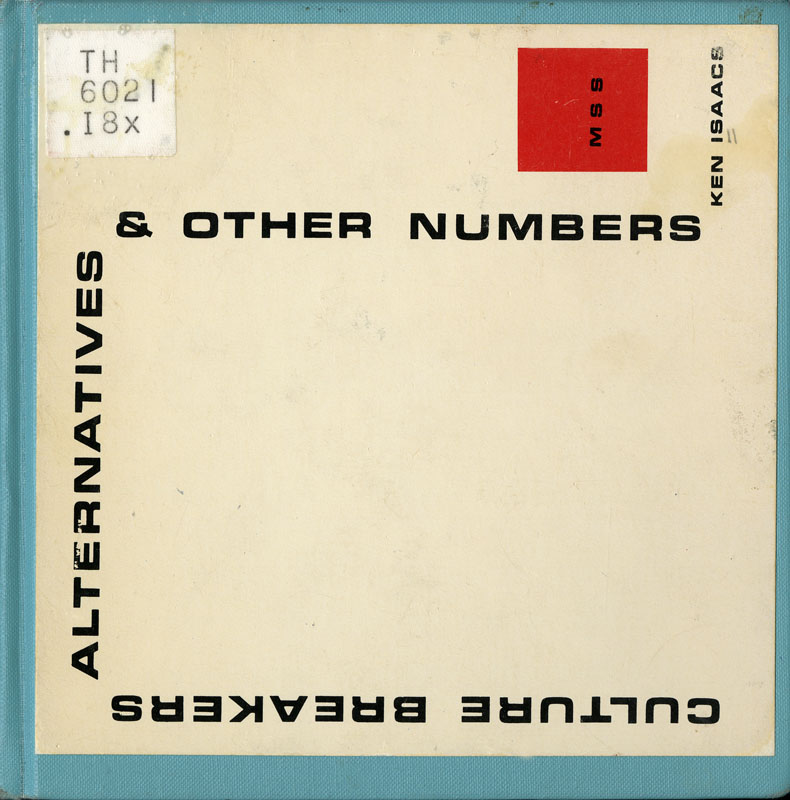Book Review: Cultural Practices within and Across
Cultural Practices within and Across (2010) answers the question, ‘What is deglobalisation?’
Cultural Practices within and Across (2010) is a compendium of European trans-local cultural production; a useful handbook for looking at ‘the role of culture in a society which faces a number of economic, social, political and environmental crises.’ The book was edited by the ‘cultural collaborative platform for reciprocal empowerment and trans-local dissemination,’ Rhyzom. Rhyzom was set up in 2000 between 5 organizations: atelier d’architecture autogérée (coordinator – Paris, FR), Platforma Garanti Contemporary Art Center (Istanbul, TR), AGENCY – The University of Sheffield (UK), Paragon Studios Ltd (Belfast, UK), Public works (London, UK). The book is the result of ten years of curatorial projects,workshops, and research into how cultural producers across Europe are shifting to more local forms of cultural production in direct resistance to economic globalisation. The book documents artist groups, community groups, and cultural projects in the process of building practices that resist globalisation and build a cultural commons, from farms, eco-villages, intentional communities, monasteries, Transition Towns, to rural art networks. It is written by arts professionals-architects, artists, and curators, as well as activists, sociologists, geographers, and educators. The Rhyzom editors call this process building ‘cultural biodiversity.’
The book is divided into several organizational subheadings, for quicker reference, and one of the more interesting sections, which also explains the idea of ‘cultural biodiversity,’ is the R-Urban section. This section was organized by atelier d’architecture autogérée (AAA). It deals with their research into projects-both artistic and activist-which led them to develop the concept of ‘cultures of resilience.‘
Promoting biodiversity in all its forms, is about developing resilience to crisis–environmental, social, and economic. R-Urban, as explained by AAA, is about an extended notion of culture, that connects the rural and the urban, explores ecological economies, and emphasizes the importance of culture to develop a deeper concept of sustainabilty, rather than an idea of sustainability that that focuses solely on the environmental. Their concept of cultures of resilience contextualizes the projects they chose to include in the book.
From AAA, ‘The R-Urban strategy proposed by AAA explores alternatives to the current models of living, producing and consuming in cities, suburbs and the countryside. It draws on the active involvement of the citizen in creating solidarity networks, closing local cycles between production and consumption, operating changes in lifestyles, acting ecologically at the level of everyday life’
For example, AAA visited the Transition Town Totnes (TTT) in Great Britain. Transition Towns are now a global movement based on preparing for the inevitable shift from a fossil fuel based economy and society. TTT is a community-based organization that is working to strengthen one town’s economy and develop localized responses to life after oil. AAA also visited Eco-village Sieben Linden in Germany, where the community members commit to a ‘self-sustainable and low-emission’ lifestyle. (See image of the Eco-Village community garden above)
These research trips are not to specific art projects, but rather cultural projects that are working to create new social structures, new ways of living, and economic possibilities. Each of these projects, and the others included in the section, look cryptically at how systems are organized–energy systems, food production systems, and economic systems–while experimenting with different approaches to organizing these systems based on ecological and sustainable models. You can read this section online or in the book form to learn more about how people across Europe are ‘acting ecologically at the level of everyday life.’
Not convinced you need this encyclopedia of cultural projects to learn more about ‘cultures of resilience‘ and ‘deglobalisation‘? Well, the book’s cover folds out into a map! A great resource.
Radio Aktiv Sonic Deep Map (2013)
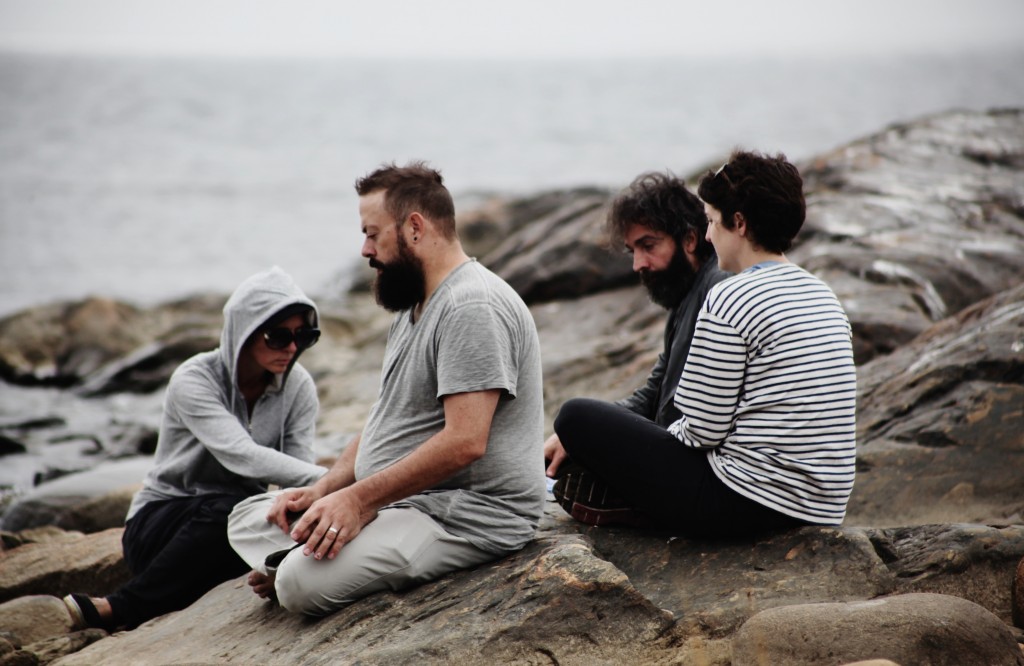
SUPERKILEN – Extreme Neoliberalism Copenhagen Style
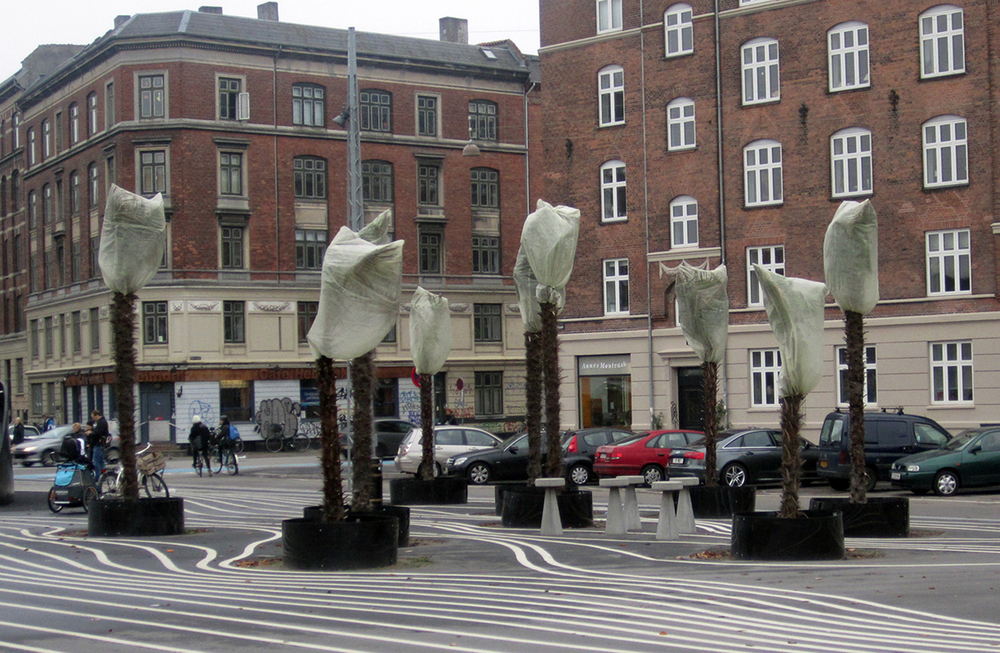
Read Brett's essay about the park.
Download our guide:
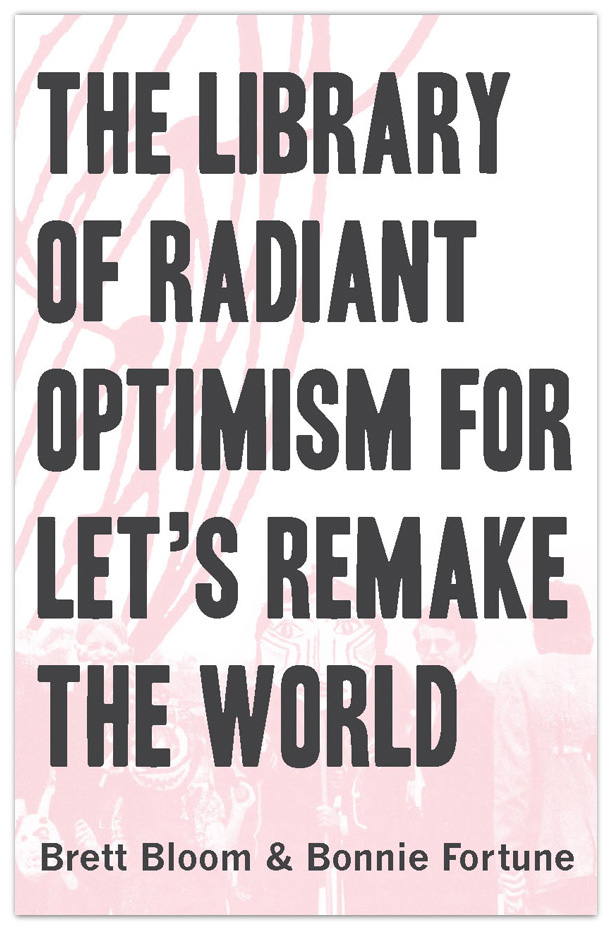
This is our guide to how-to books from the counterculture of the 60s and 70s. Click to get the download page.
Categories
- Agriculture (11)
- Animal sounds (1)
- Artist parents (19)
- Arts and culture (106)
- Bees (3)
- Book reviews (14)
- Books (18)
- Critical essays (5)
- Daily Photo (5)
- Design (36)
- Dirt (11)
- Environmental activism (43)
- Exhibitions (24)
- Farms (11)
- Forest (7)
- Friday connect (15)
- Growing (42)
- Habitat (38)
- Homesteading (16)
- Interviews (15)
- Kitchen (14)
- Living structure (9)
- MISC (15)
- Mythological (2)
- Neighborhood (83)
- Ocean News (1)
- Our Art Work (21)
- Personal – Design/Art (3)
- Play (2)
- Playground (4)
- Projects (21)
- Public space (53)
- Resilience (13)
- Sea Side (2)
- Sojabønner (2)
- Tofu (8)
- Vermont correspondence (7)
- Water (3)
- Wednesday picture (31)
- Workshop (1)
Video interview:

Watch our interview of SeedBroadcast, a mobile project that is part seed library and part seed-saving-story-collecting machine-recording the stories of seed saving, farming, and food sovereignty work being done around the US.
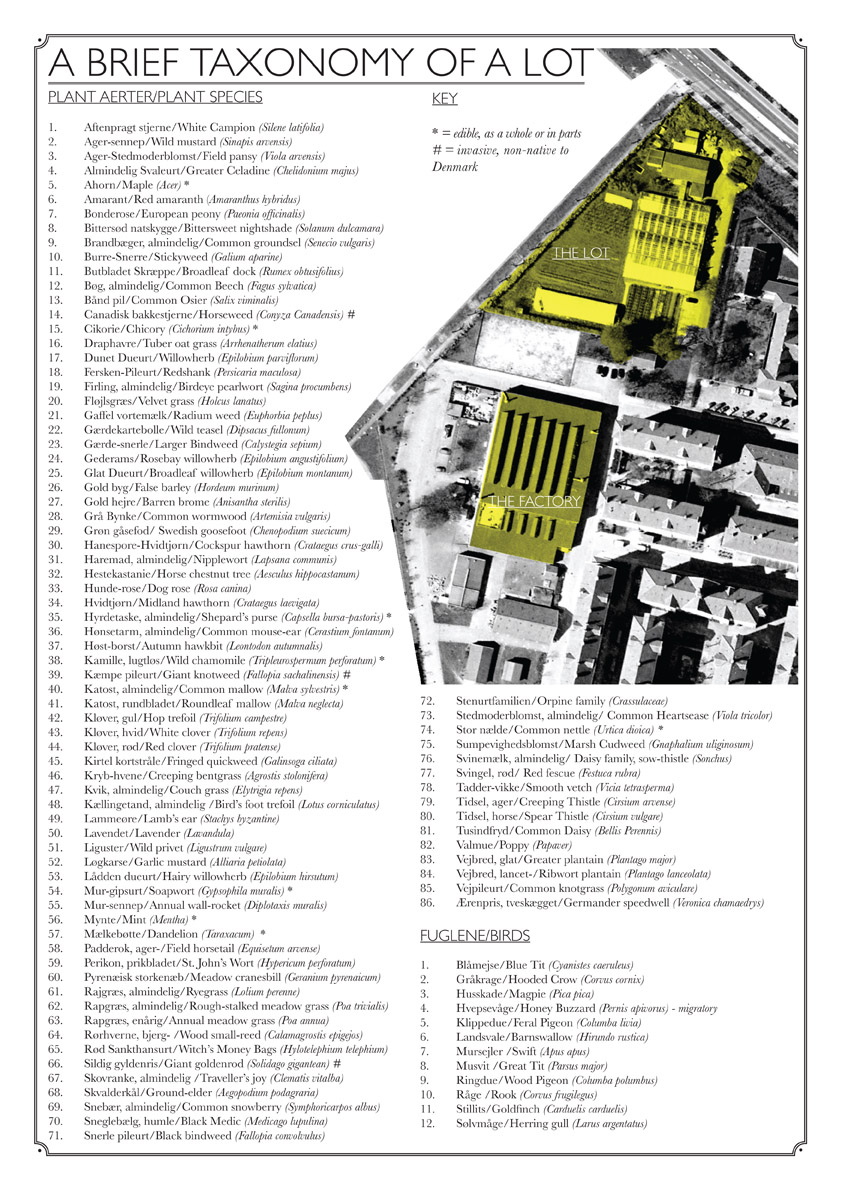
Download a poster Bonnie made about biodiversity in a vacant lot in the Amager borough of Copenhagen, in collaboration with biologist, Inger Kærgaard, ornithologist, Jørn Lennart Larsen and botanist, Camilla Sønderberg Brok: A BRIEF TAXONOMY OF A LOT

We made and installed a network of bat houses in Urbana, Illinois, to support the local and regional bat population, but also to begin a conversation about re-making the built environment.
READ MORE
BOOK REVIEW:
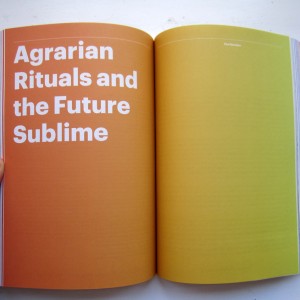
We write often about artists and art groups that work with putting ‘culture’ back in agriculture. Here is a new favorite: myvillages, a group of three women based in Germany, the Netherlands, and the UK. Read more...
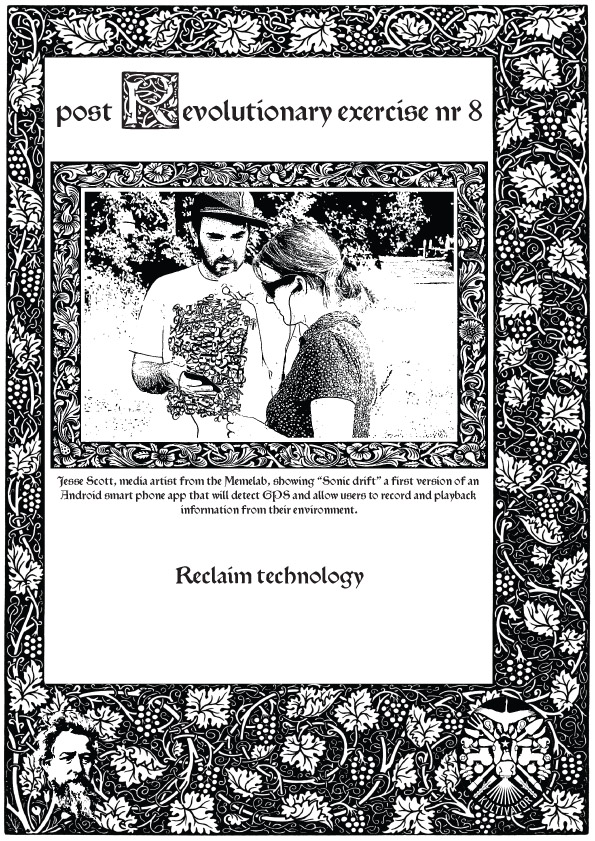
Post Revolutionary Exercises
We really admire the dedicated hard work of Kultivator who seeks to fuse agriculture and art in their work. Click this sentence to get a PDF of their poster collection called "Post Revolutionary Exercises."
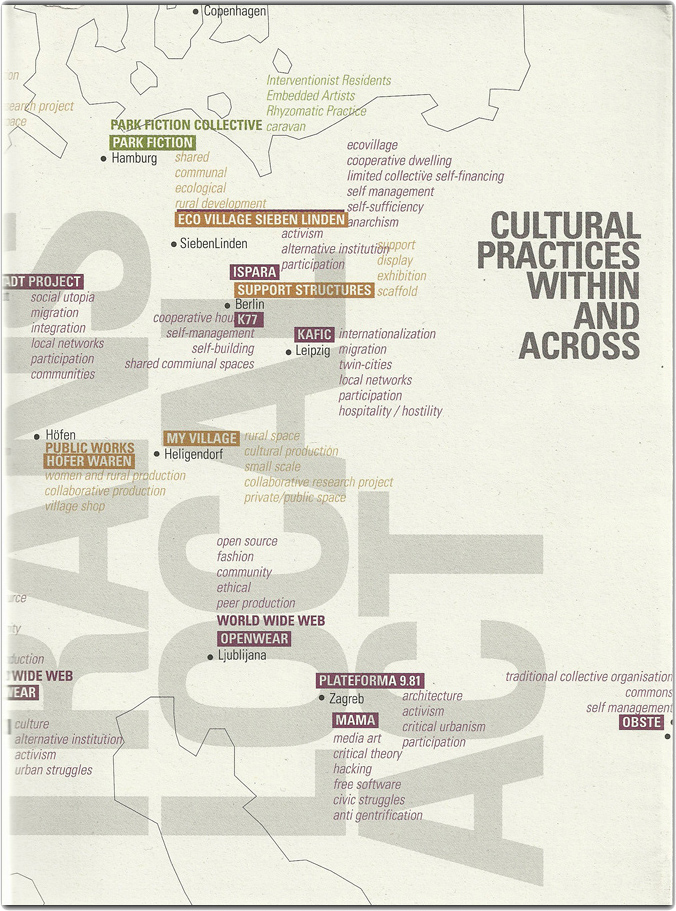
Cultural Practices Within And Across
This amazing book networks urban and rural resilience and sustainability projects around the world. Deeply inspiring projects in Romania, Paris, San Francisco, and elsewhere.
• Read our review of the book.
• Buy the book.
• Download the book.

